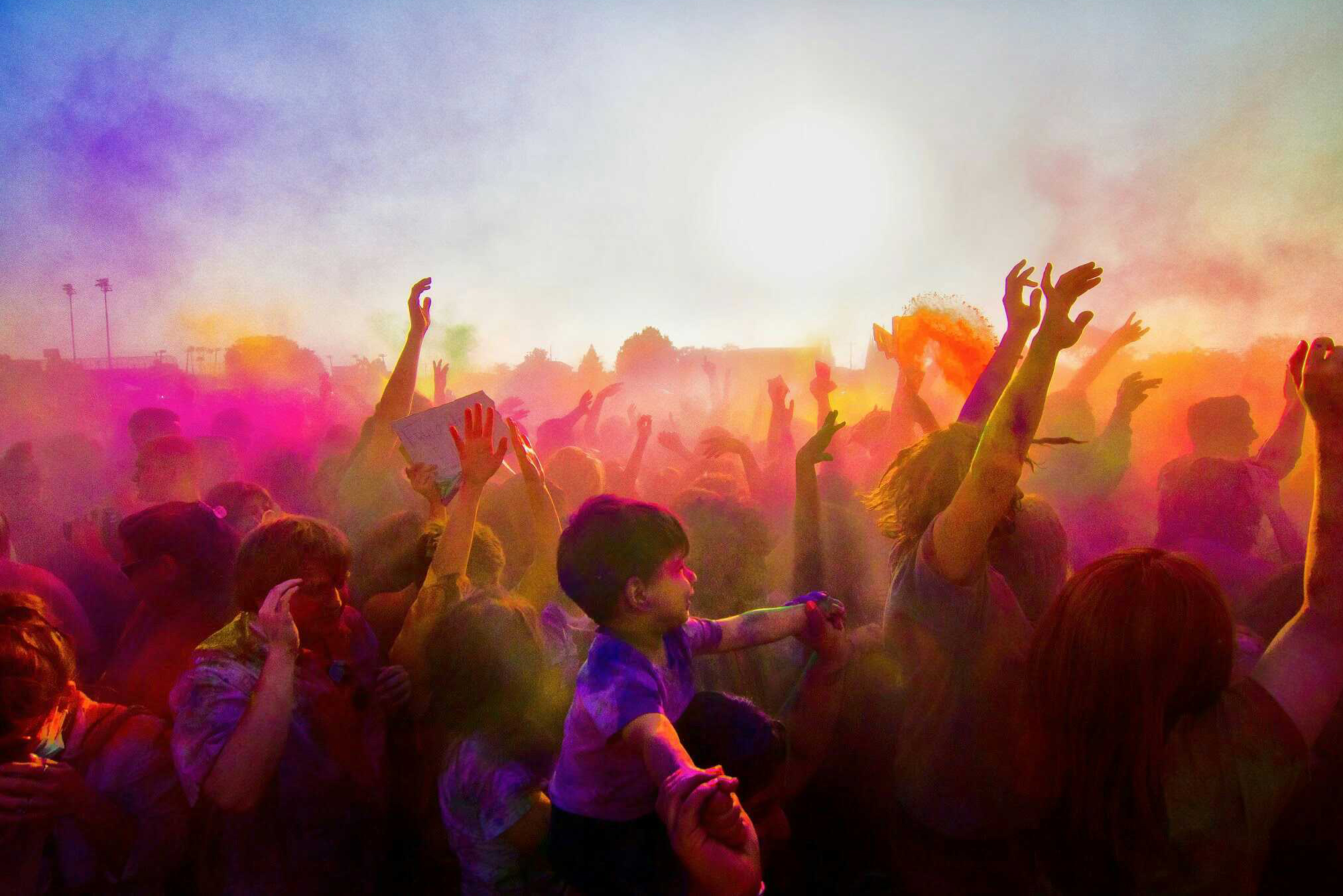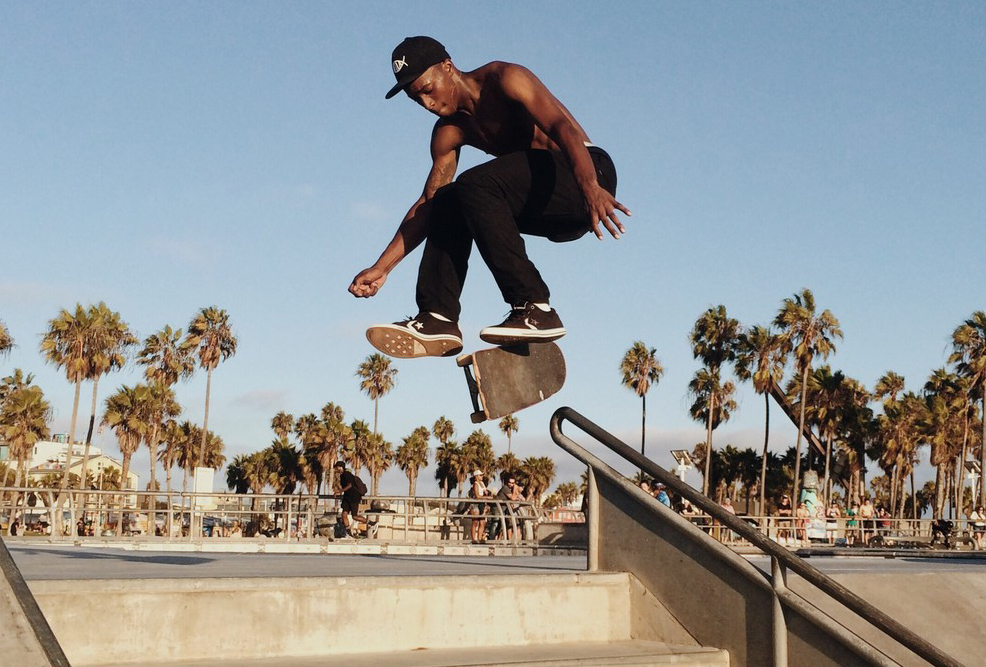Content Marketing is evolving. Gone are the days when brands could write a dozen articles and a few white papers and succeed with content. We are going through a major shift.
One billion hours of video are watched every day on YouTube, and 4.2 billion photos are liked every day on Instagram.
A study that analyzed more than 1 million articles found out that having a visual every 75–100 words increased the number of shares an article received.
The era of visual content marketing is truly here.
What is visual content marketing?
Visual content marketing is the art of using images, videos, GIFs, or other visuals to engage with your audience. It is the way to go and is slowly replacing textual content.
Now, it’s not just social media that’s being dominated by visuals. They are slowly starting to play an important role in search results as well. A video or an infographic can boost the SEO of your page by hooking visitors for a longer time and can reduce bounce rates. Also, 82% of global internet traffic is projected to be video traffic by 2021. A brand without a visual content marketing strategy is like a ship without sails.
Types of visual content that work really well these days
Many types of visuals are used in content marketing. Here, we’ve listed three of the most popular ones:
1. User-Generated Photos
It’s pretty easy to get images from stock photos, which is why they are very ineffective. You can’t stand out if you do what everyone else is doing.
For example, Starbucks launches their #RedCupContest every December to promote their holiday-themed seasonal beverages. The idea of the campaign is to encourage coffee drinkers to post photos of their red cups on Instagram. The Instagrammer featured on the company’s home page receives a pricey Starbucks gift card.
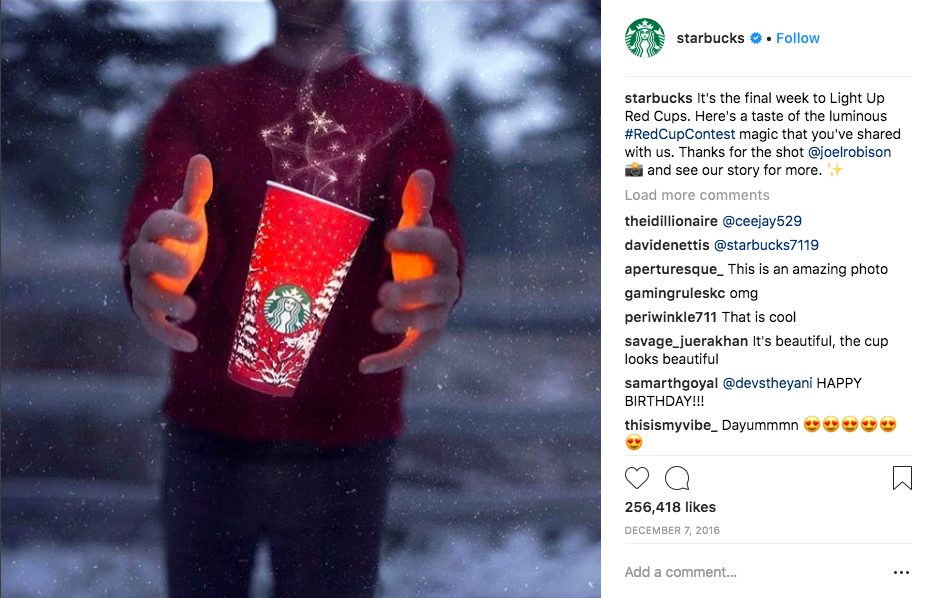
Tons of people post these photos every December, and Starbucks get’s all the limelight. That is the power of user-generated content.
2. User-Generated Videos
Videos are a popular medium for communicating with your customers. User-generated videos take things to a whole new level because they humanize an entire campaign. Videos taken by normal people in their own amateur way have a ring of authenticity that no branded video can match. Such videos get a lot of shares because people can easily relate to them.
Toyota’s #feelingthestreet campaign urges musicians around the world to capture and post their videos on Facebook. The community then votes for the best six, and the winners get to go on the ultimate road trip to perform all over the world. Even six fans who vote gets a chance to join the trip!
Here is a video that explains the whole campaign:
This campaign earned them a total of 1.2 million engagements in Facebook!
3. Infographics
Many humans are turned off when they see data; it’s very hard to visualize. But infographics are a brilliant way to convey tons of data in a fun and interesting way.
Which of the two do you find interesting?
This one.
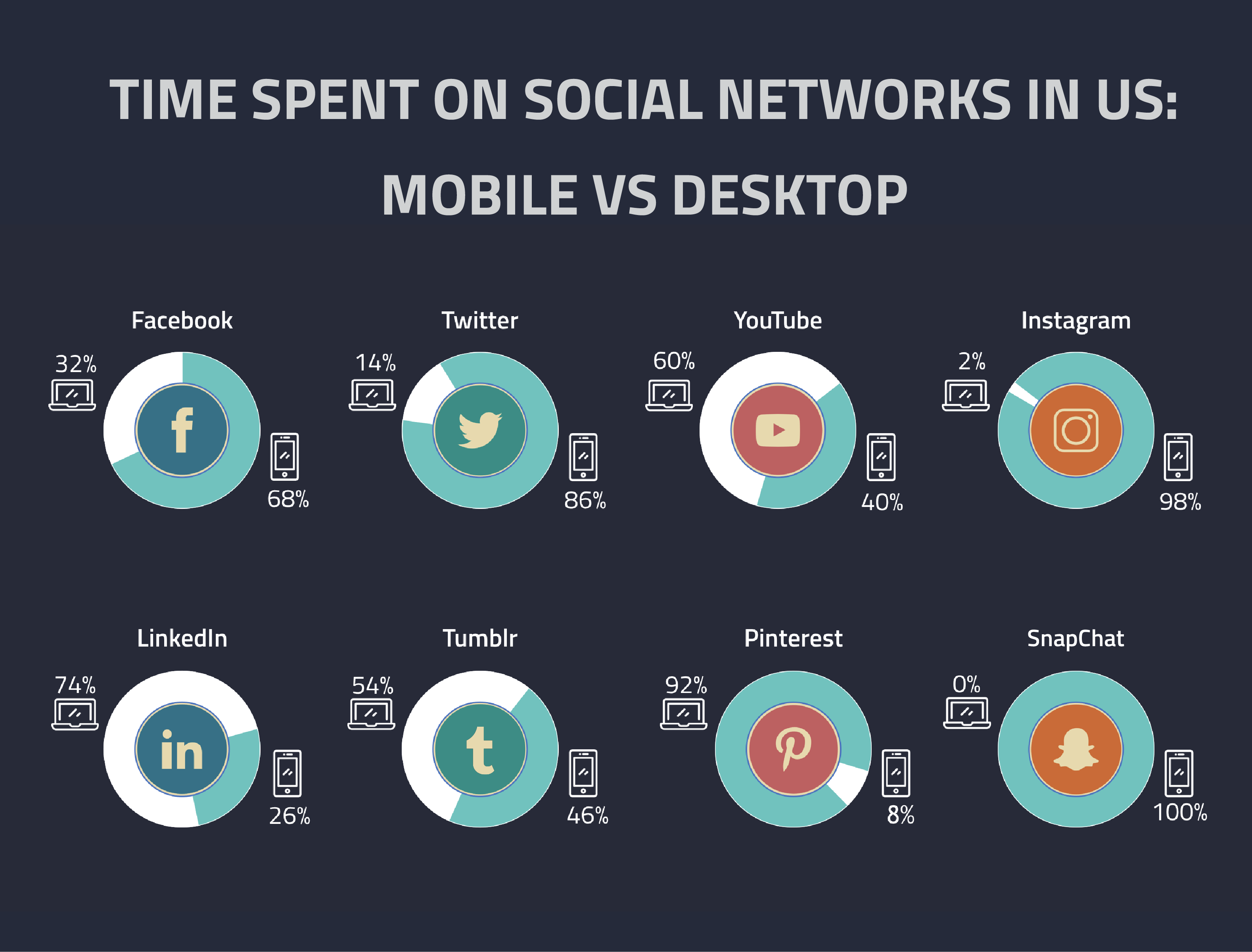
Or this one?
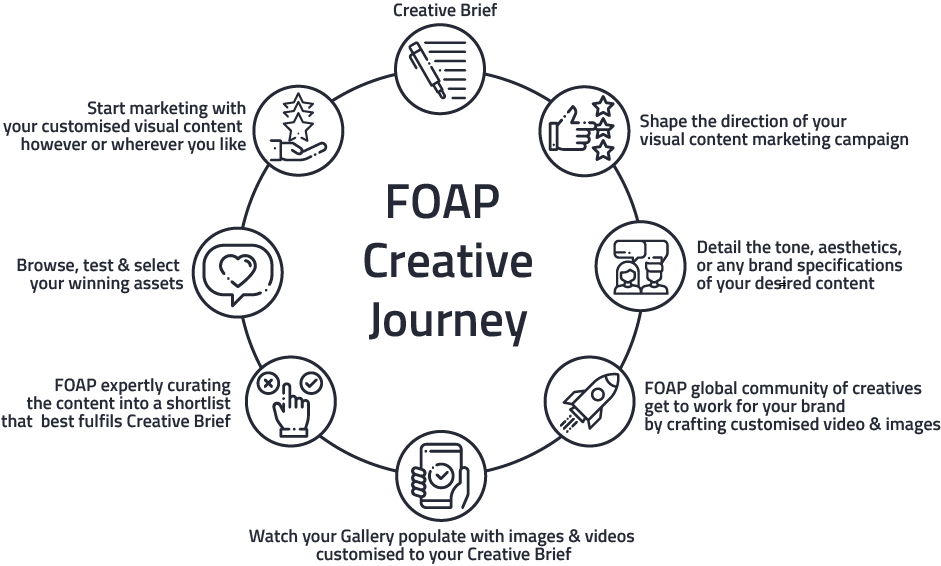
While the first one made us sleepy, the second one felt like a breath of fresh air!
No wonder studies suggest that infographics can increase web traffic by 12%.
The wrong way to do visual content marketing
In an attempt to scale up quickly, many brands are resorting to stock photos and videos. This can hurt your brand in the long run. Many people get introduced to your brand through the content you create—it’s the first interaction. You don’t want people to think, “I’ve seen this image many times before! There can’t be anything new here!” Stock photos are not unique—they’re used by thousands of other brands.
Remember, the first impression is super important; even if you have a great product or service, branding with stock images and videos can instantly kill your company.
To stay authentic, many companies hire professional photographers. But hiring a photographer on a daily basis is way too expensive, even for the big companies. To succeed in today’s social media world, you need to consistently create a lot of content.
Even if a big brand with a large marketing budget went this route, at the end of the day, it wouldn’t make much business sense; the ROI will always be too low.
So is there a way to get authentic visuals that aren’t too expensive?
Crowdsourced visual content creation
Crowdsourced visual content creation is like marrying the best of both worlds.
The idea is pretty simple: Brands publish their visual requirements to a platform like FOAP, which is home to millions of creators. These creators get to work and create tons of visuals. Brands can handpick visuals that closely resonate with their marketing strategies.
This is better than hiring professional photographers for three reasons:
1. Brands get access to tons of creators at the same time.
2. There’s a large pool of visuals to pick from.
3. It’s less expensive.
Many brands, like Nivea, are using this option to good effect. Here is an example:
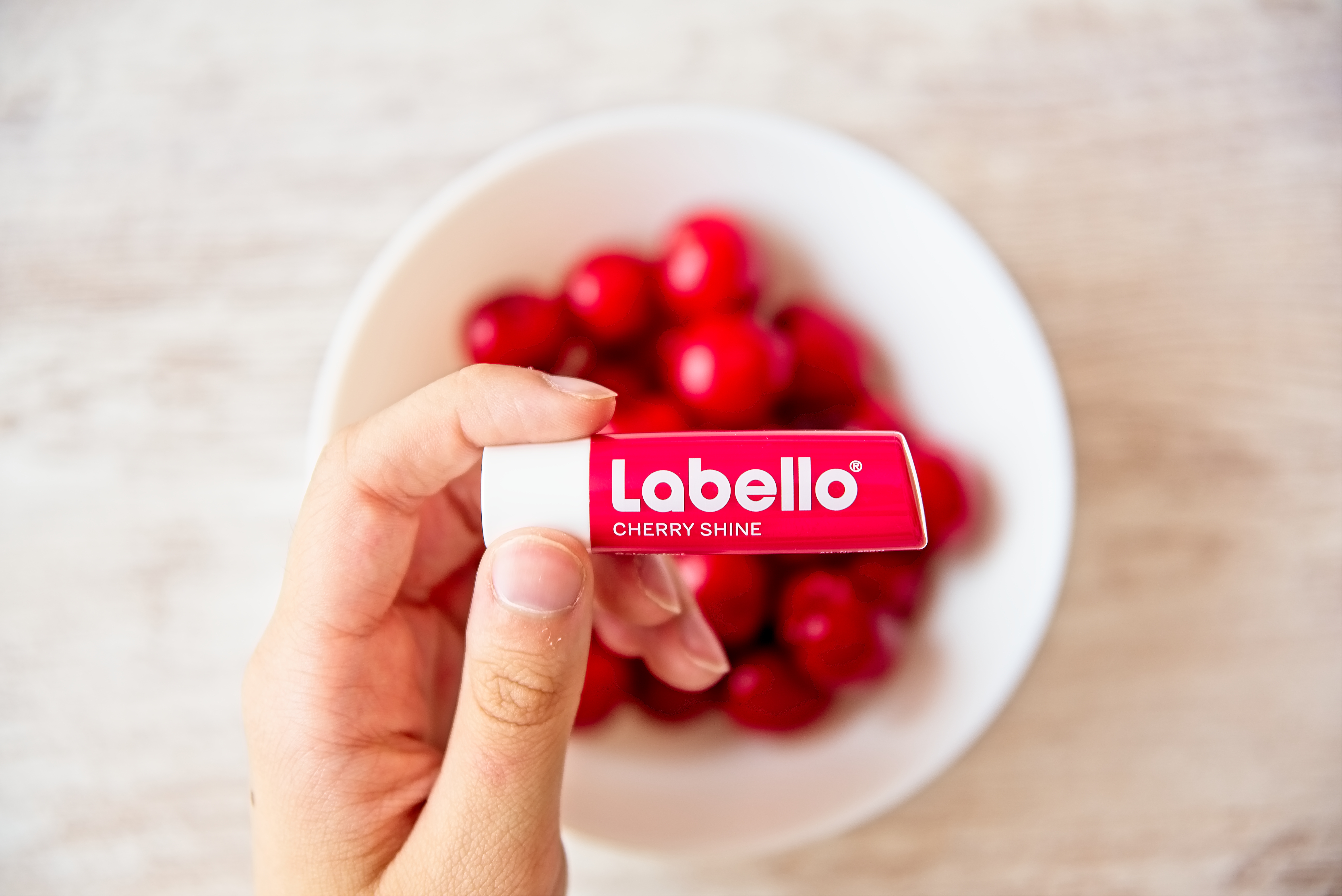
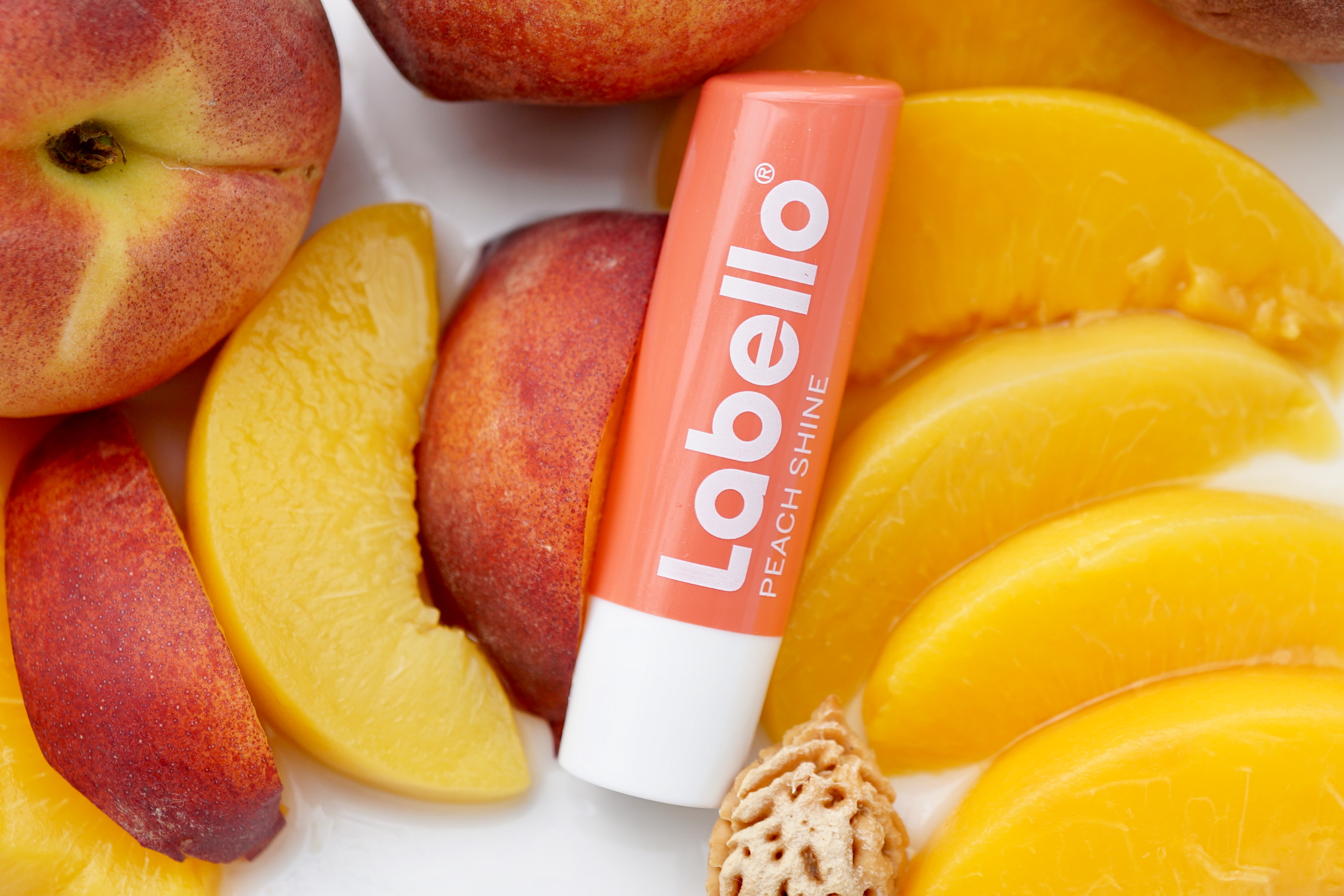
Visual vs. text content marketing
There’s a huge debate going on in content-marketing circles as to whether visuals will completely replace text.
The foundation of content marketing is good storytelling. Our brains simply love stories much more than listed facts. Now, the human brain is wired to be attracted to data that’s easier to consume. The easier it is to consume, the less energy it requires to understand. Past research has shown us that visuals are processed 60,000 times faster than text. Just by looking at an image, we are able to process a whole range of emotions.
This is a dimension where textual content lags behind. The ability to consume textual content depends on a variety of factors, such as attention span and interest. But with visuals, these factors are minimized.
It could be true for the same reason: The ability to recall visual data is much higher compared with recalling textual data. It just sticks!
But does this mean visual will replace text? In social media, it’s already happening. But when it comes to websites, not really! At least for the foreseeable future, visual and text will go hand in hand. At the end of the day, people still use words to search on Google, and many still love reading!
Importance of visual content marketing in social media
One of the main reasons Facebook is still relevant is because it has become a visual platform. In fact, it is trying hard to compete with YouTube, the largest video hub in the world.
Also, if you look at the fastest-growing social media platforms in the recent past, it’s been Instagram and Snapchat that are visual-only platforms.
The Stories feature is probably the most-used type of content on all of these platforms—and it’s a combination of video and images. We could say that user-generated content became much more important after the coming of the Stories features. Now, most of the visual content consumed online is user-generated.
Moreover, visual content gets unreal engagement on social media platforms when compared to textual content. This is another reason why stock images are easily identifiable. They are so overused!
The reality now is that brands just cannot survive social media without authentic visuals.
Starting a visual content marketing strategy from scratch
Now that you have a fair idea of what visual content marketing is, the next step is to create a strategy. The number one reason most companies fail is that they lack a solid strategy. Here are some questions that will help you create one:
1. What is your mission?
Mission-based marketing is all about creating content that talks about your mission instead of your product. So what is your mission? Your mission is more than selling your product. For example, Nike is not just selling footwear; they are selling the idea of what it feels like to be a champion. Similarly, what is the idea you are selling? This is way more applicable to visual content marketing than to textual, because if you put up visuals of your product or service, you will be considered a spammy brand.
2. What is your distribution channel?
This completely depends on where your audience lies. If they are teenagers, you’ll mostly find them on Instagram or Snapchat. But if they are older, you have to target Facebook. And if they are business professionals, maybe LinkedIn is the place to be!
3. What type of content do you want to create?
This depends mainly on the platform you intend to use to distribute your content. For example, on Facebook, videos fare much better than images. On Instagram, it’s been more about images, and now, with the introduction of IGTV, vertical videos also work well. If you are planning to use Snapchat, then vertical videos are the way to go. Also, we would recommend that you keep on testing all types of visuals to see what works best for your brand.
How brands are making it big using visual content marketing
Below, we’ve listed the case studies of brands that have become super successful with authentic visual marketing:
• Buddy Fruits: How Buddy Fruits got images of diverse children in different contexts and environments
• Bulova: How Bulova got Instagram pictures of people using their watches
• Air Baltic: How Air Baltic got non-stock-looking images for their Instagram channel
• Etihad Airways: How Etihad Airways acquired images with life, emotion, and memories from Thailand and Abu Dhabi
• Five Star: How Five Star generated pictures of college students using their notebooks, backpacks, and binders
Content marketing is all about analyzing the trends early on and playing accordingly. The first few to execute mostly eat 90% of the pie.
For most of the last decade, content marketing was owned by textual content. But with too much written content, many brands moved to visual content. However, only a few have realized the power of authentic visual content marketing. The brands mentioned above are great examples of this. You can be like them, too, by choosing crowdsourced visual content.



